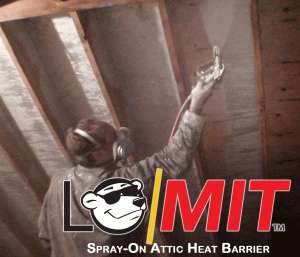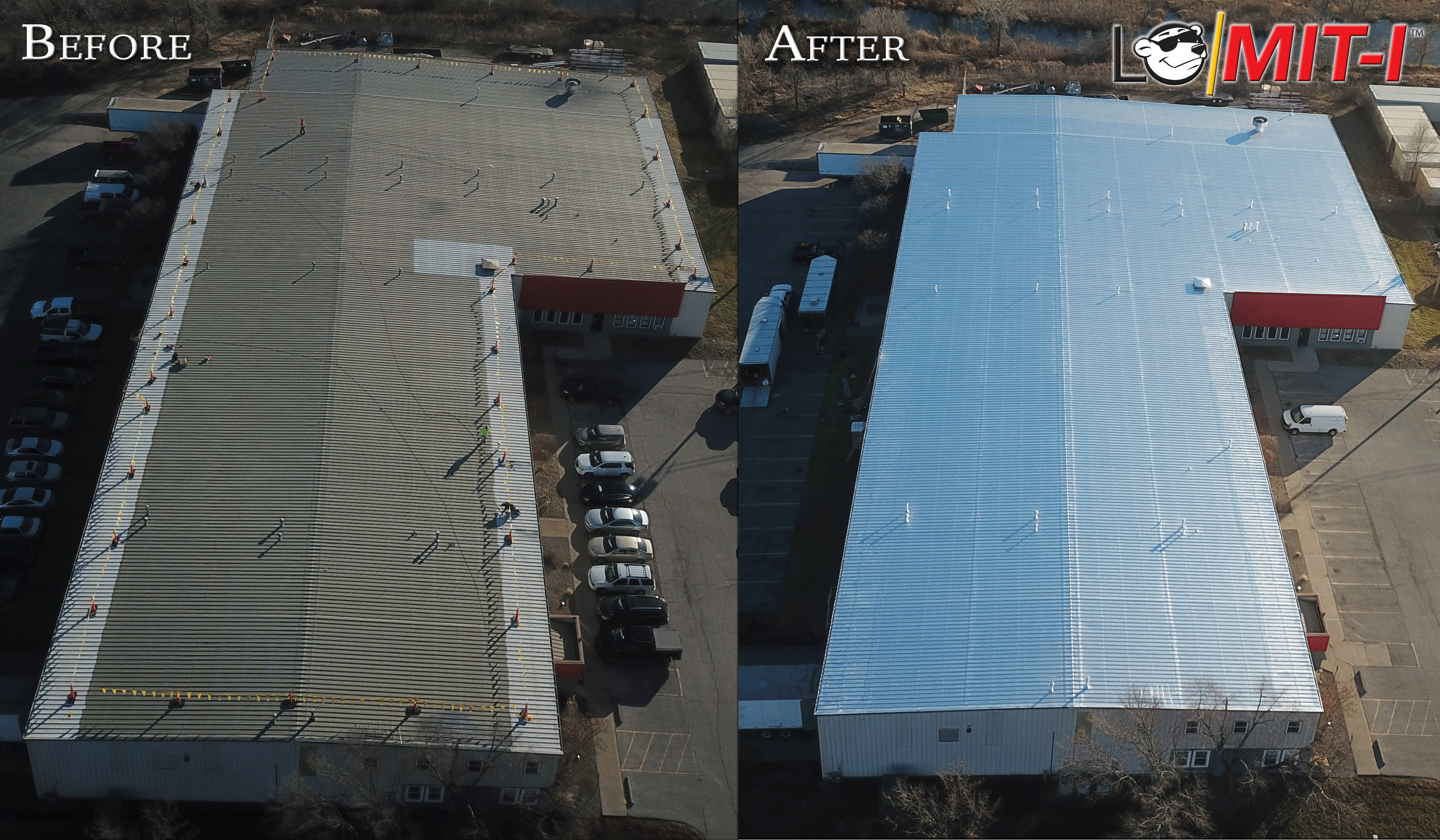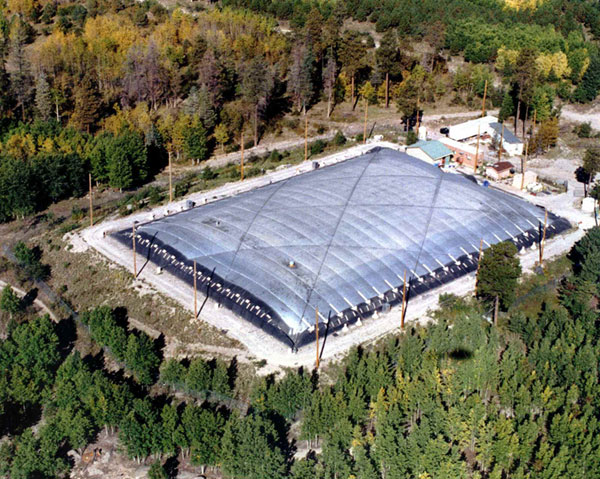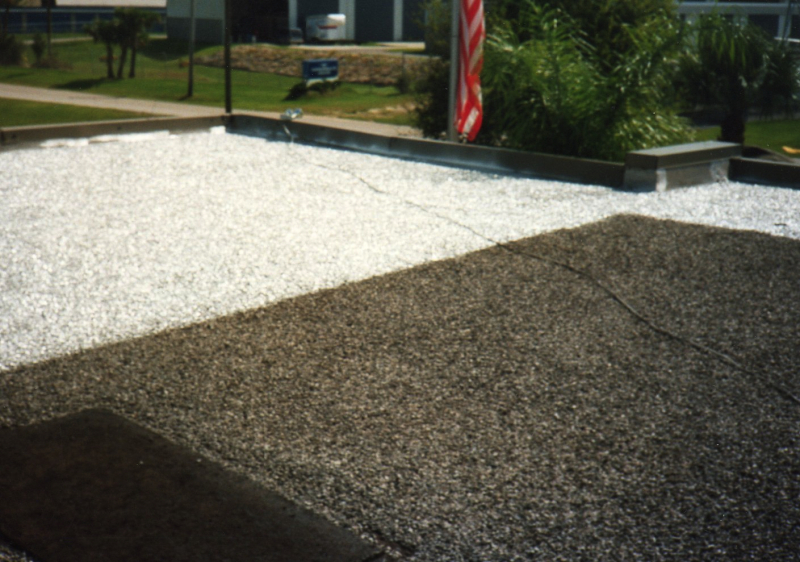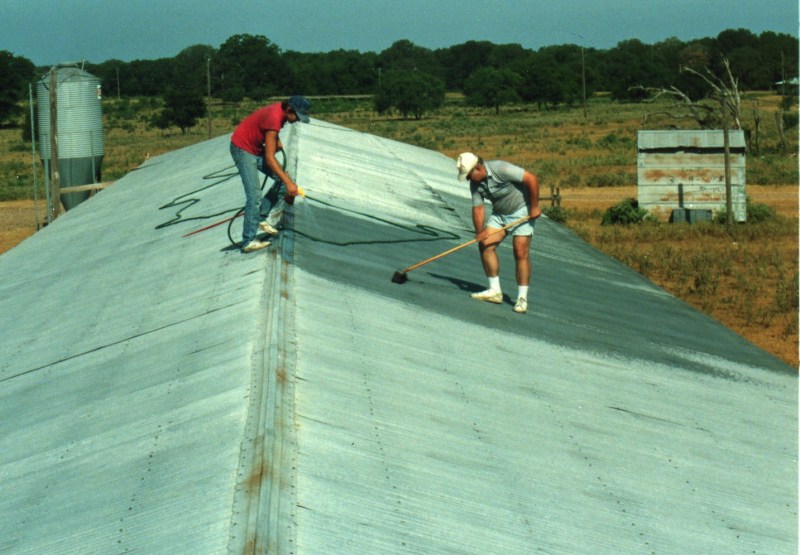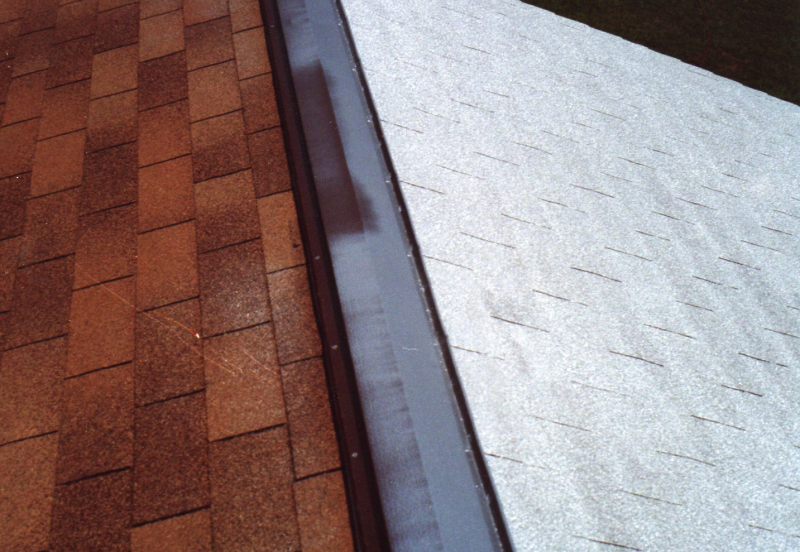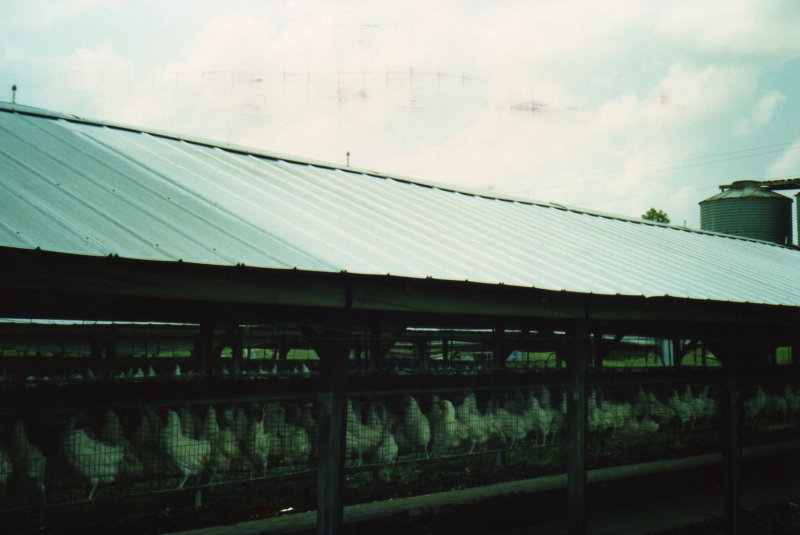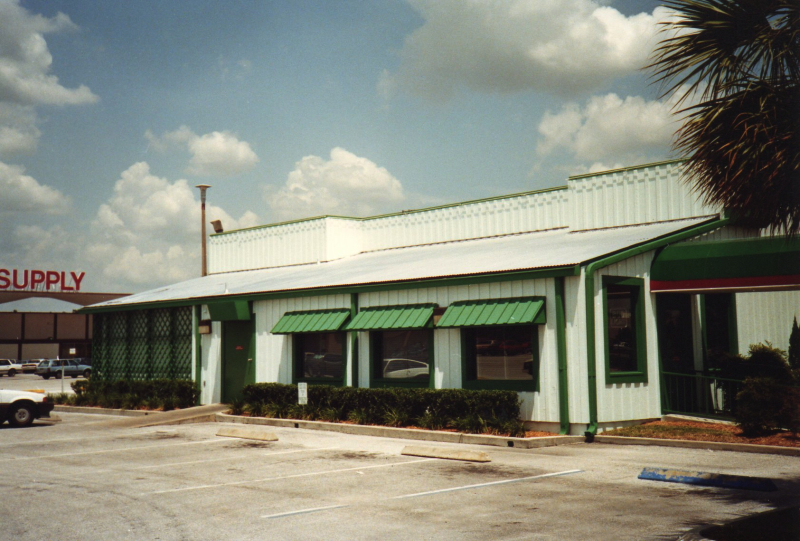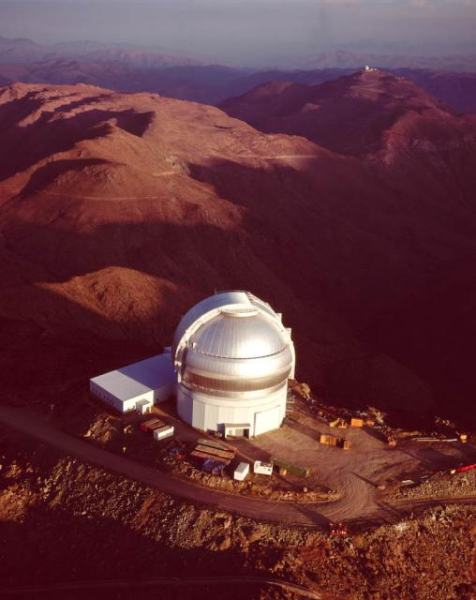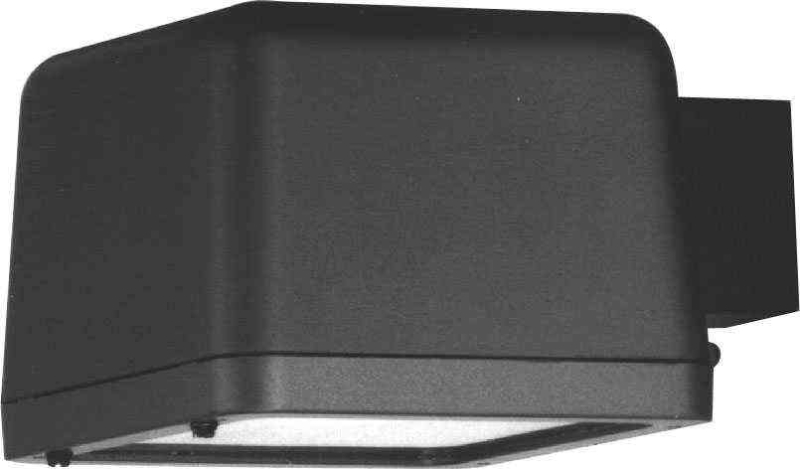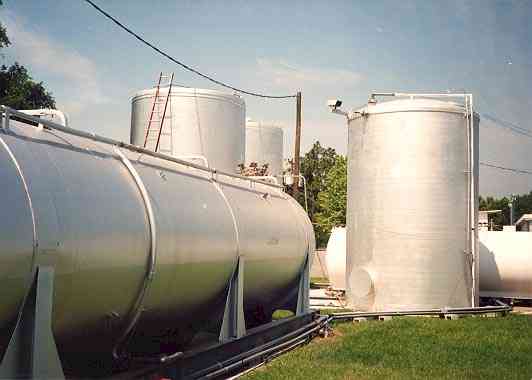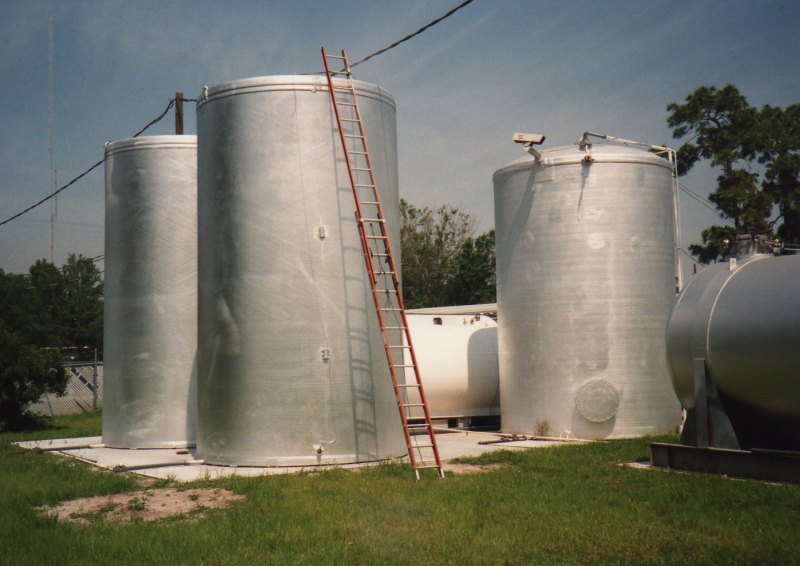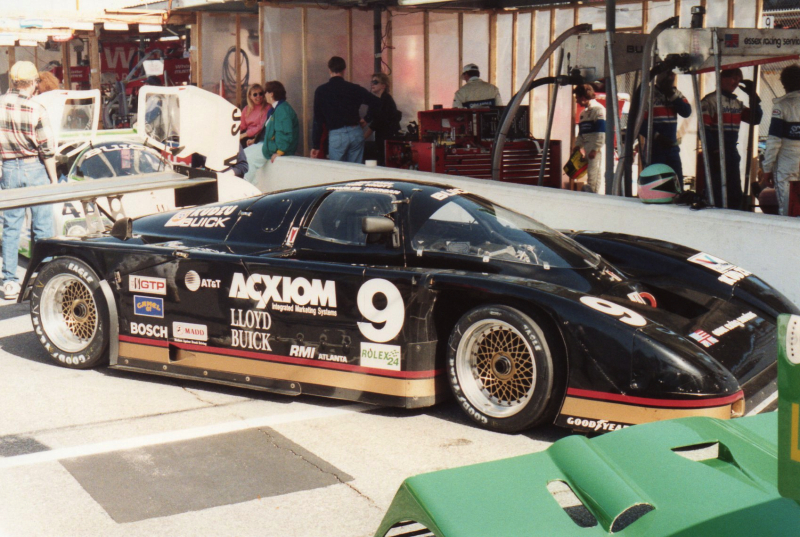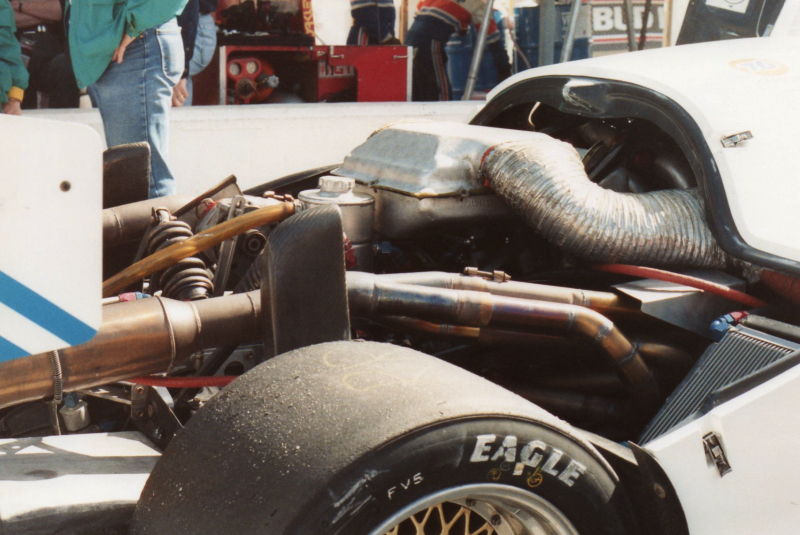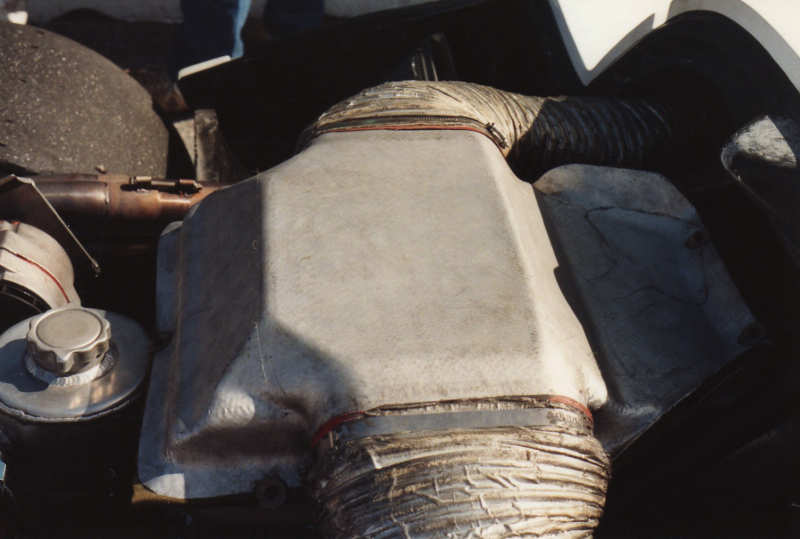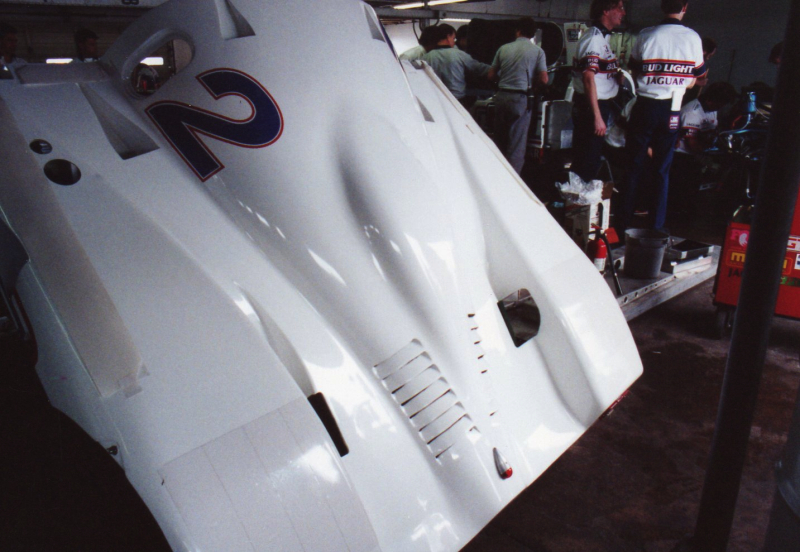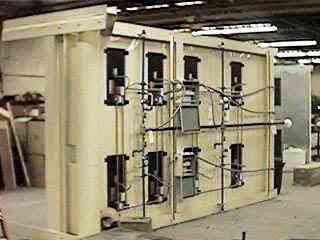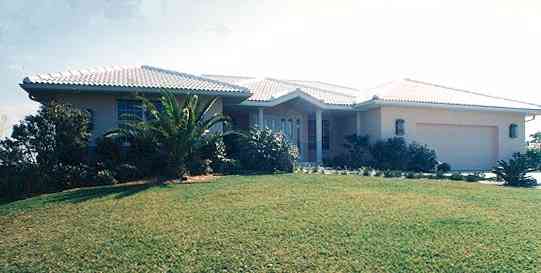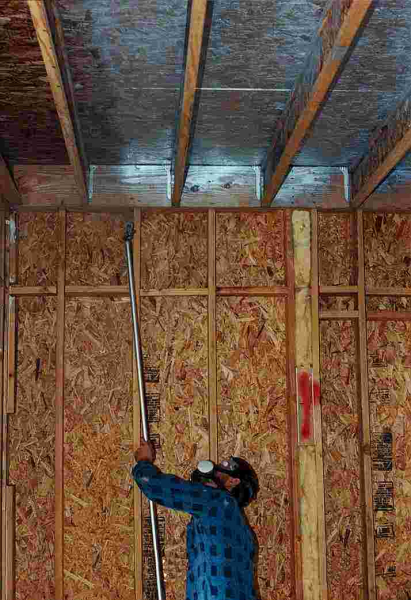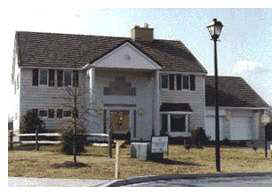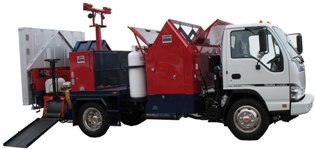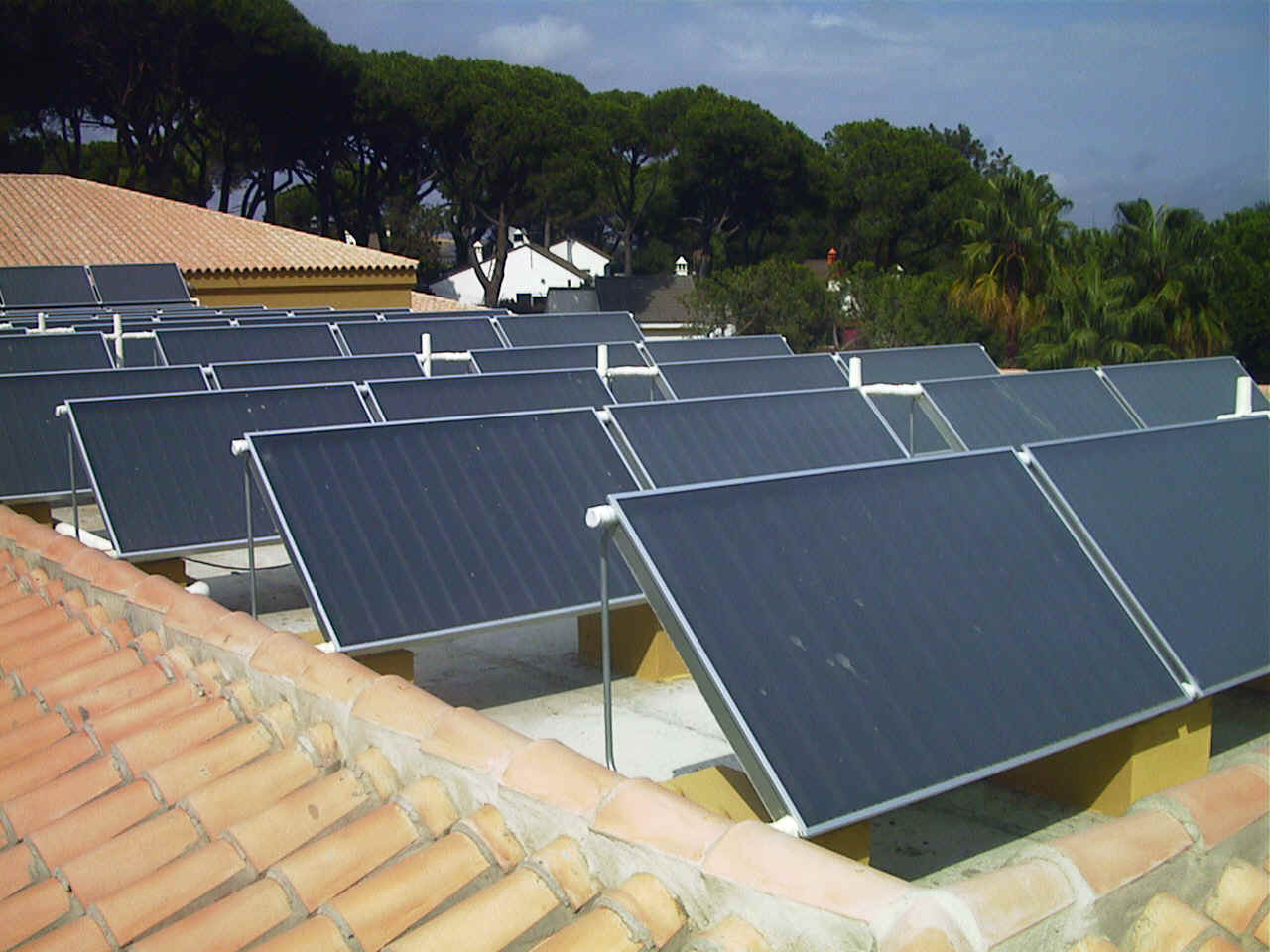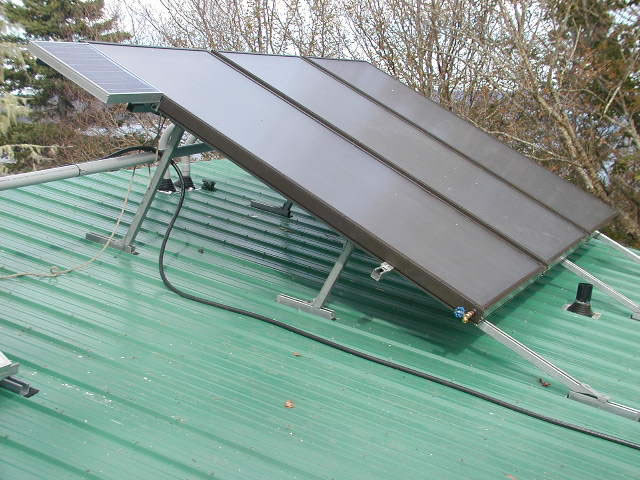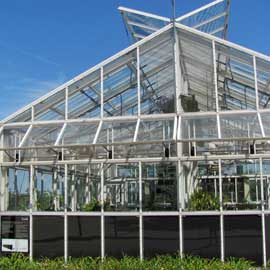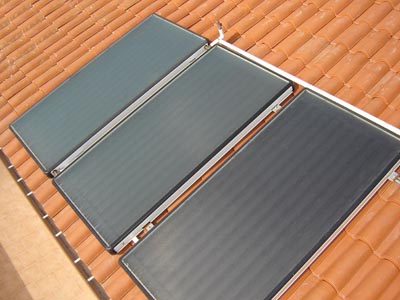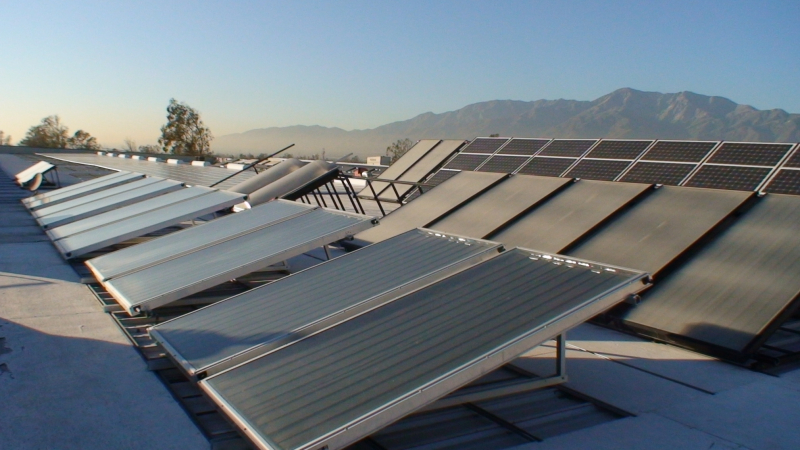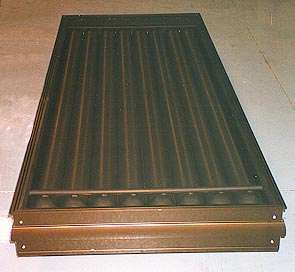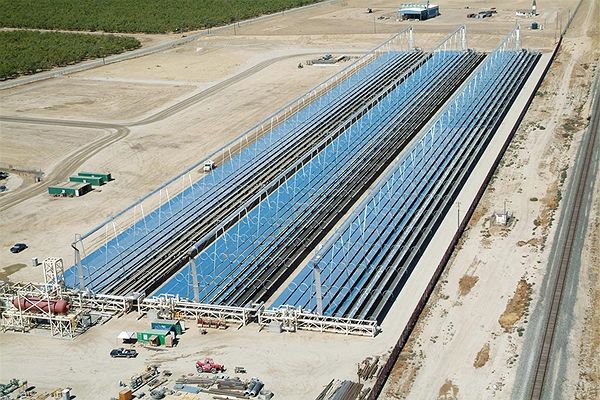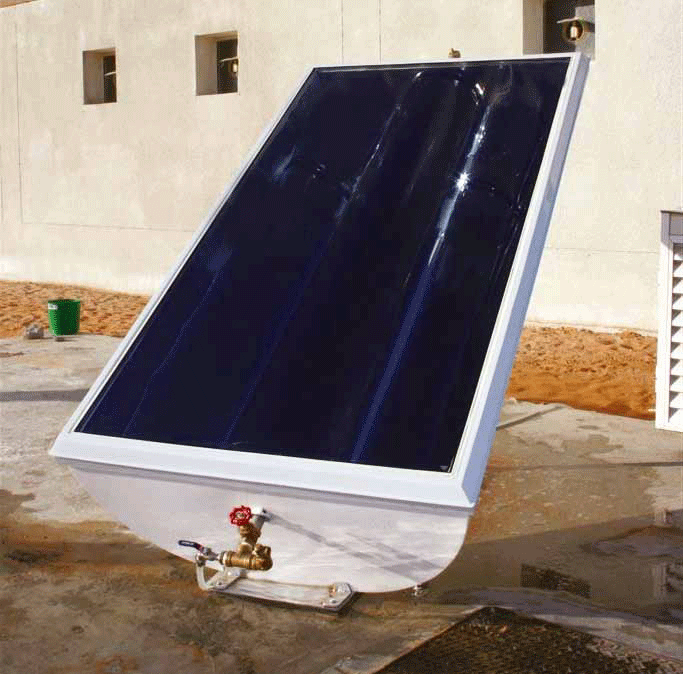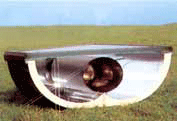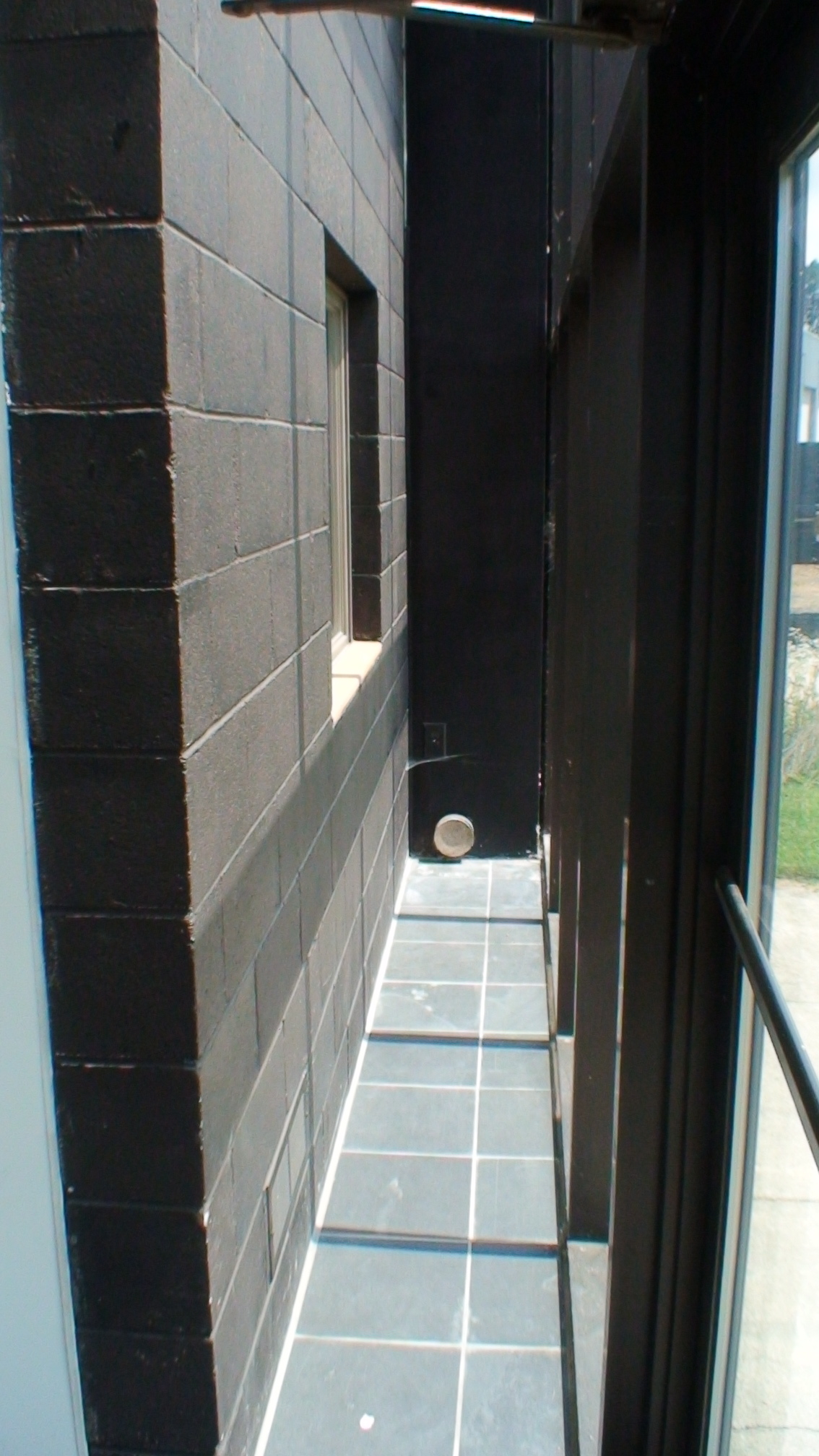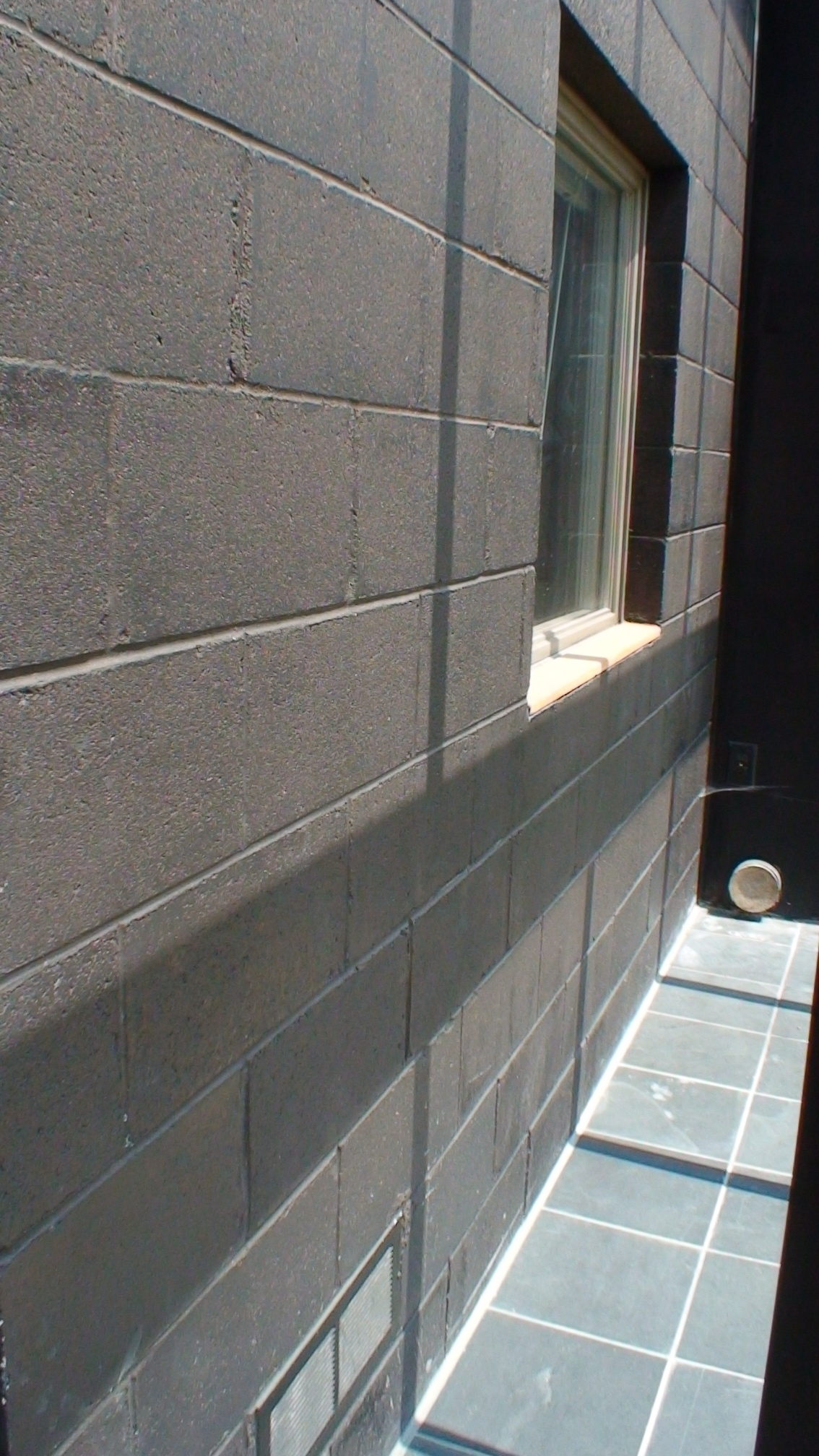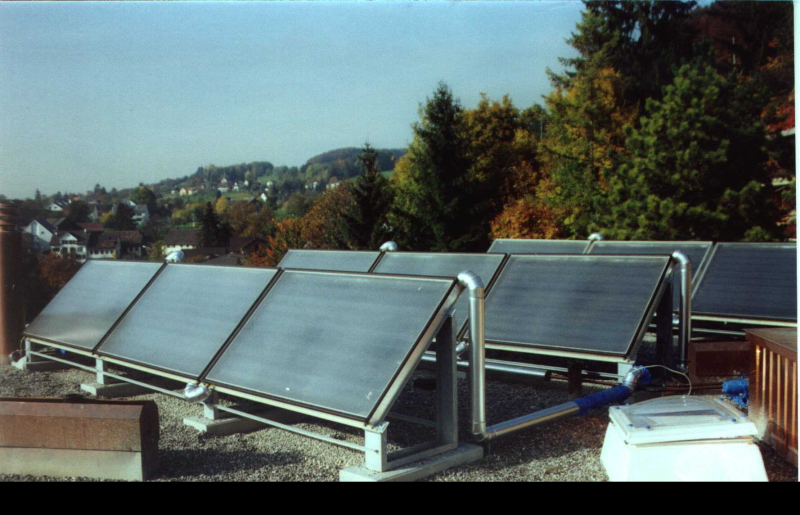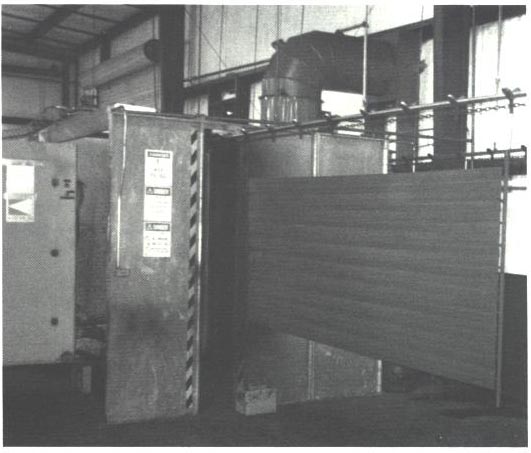Residential FAQs
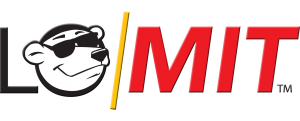
Attic Radiant Heat Barrier Paint
for energy conservation and heat & light reflection
WHAT IS LO/MIT?
The name LO/MIT stands for low emittance. It is a silver colored, non-thickness dependent, low “e” (emissivity) coating. When applied to non-porous building materials such as plywood, OSB or plasterboard, LO/MIT lowers their surface emissivity to 0.240-0.145. LO/MIT-I (solvent-based) has an emissivity of 0.200-0.240. LO/MIT-II (water-based) has an emissivity of 0.155-0.190. LO/MIT-II MAX (water-based) has an emissivity of 0.145-0.170. The LO/MIT coatings are classified by ASTM as Interior Radiation Control Coating Systems (IRCCS) and may be effectively used as Radiant Barrier equivalents.
HOW DOES LO/MIT WORK?
LO/MIT works by changing the emissivity of the surface where it is applied. Most building products such as plywood, brick, and plasterboard have high emissivities (0.85-0.93). When heated, they radiate most of their heat to cooler surfaces. LO/MIT can lower their surface emissivity to 0.240-0.145, reducing their ability to radiate heat.
WHAT IS A RADIANT BARRIER (IRCCS)?
 Heat flows in buildings occur in three ways: conduction, convection and radiation. Radiant Barriers and Interior Radiation Control Coating Systems address heat flows by radiation (whereas standard insulations only address convection and conduction heat transfer). Radiation is the transfer of heat by electromagnetic waves known as thermal radiation. Thermal radiation is a form of invisible light that travels through the air from a warm to a cool surface. Warm surfaces, such as roof decks warmed by the sun, will radiate or emit their heat to cooler interior building surfaces. A Radiant Barrier or IRCCS is a low emissivity surface placed in the path of thermal radiation, which blocks or reduces that heat transfer. ASTM defines an “IRCCS” as a material having an emissivity of 0.25 or less. A “Radiant Barrier” as defined by ASTM has an emissivity of 0.10 or lower.
Heat flows in buildings occur in three ways: conduction, convection and radiation. Radiant Barriers and Interior Radiation Control Coating Systems address heat flows by radiation (whereas standard insulations only address convection and conduction heat transfer). Radiation is the transfer of heat by electromagnetic waves known as thermal radiation. Thermal radiation is a form of invisible light that travels through the air from a warm to a cool surface. Warm surfaces, such as roof decks warmed by the sun, will radiate or emit their heat to cooler interior building surfaces. A Radiant Barrier or IRCCS is a low emissivity surface placed in the path of thermal radiation, which blocks or reduces that heat transfer. ASTM defines an “IRCCS” as a material having an emissivity of 0.25 or less. A “Radiant Barrier” as defined by ASTM has an emissivity of 0.10 or lower.
WHAT IS EMISSIVITY/THERMAL EMITTANCE?
Emissivity or thermal emittance is the ability of a surface to radiate or emit energy in the form of long wave electromagnetic radiation. It is represented by a value from 0 to 1. The closer the value is to 1, the less effective the surface is at impeding radiant heat transfer. Say a material has an emissivity of 0.72. Thus, when that material is heated above the temperature of surrounding surfaces, it will tend to transfer 72% of its heat energy by radiation. LO/MIT, when applied to most non-porous surfaces, will decrease the surface emissivity to 0.240-0.145 or lower, allowing as little as 14.5% of the heat energy to be transferred by radiation.
WHERE IS THE AIR SPACE WHEN USING LO/MIT?
To function effectively, the low emissivity surface of a Radiant Barrier or IRCCS must face an air space of 2 in. or greater. A Radiant Barrier or IRCCS will not function if sandwiched between two solid surfaces. LO/MIT, when installed on the underside of roof decking, normally faces downward into the attic, an air space substantially larger than 2 in. If insulation is installed in the cavity formed by the roof trusses and roof decking (as in a cathedral ceiling or finished attic), at least 2 in. should be allowed between the top of the insulation and the LO/MIT surface. Consider installing a baffle in this case to allow an appropriate air space.
DOES LO/MIT ADVERSELY AFFECT ROOF SHINGLES?
Absolutely not! Since its introduction in 1986, LO/MIT has never caused shingle damage in any installation. Extensive testing at the Florida Solar Energy Center has shown that the use of a Radiant Barrier or IRCCS results in, at most, a 2-5 degree rise in shingle temperature. Please read this article for more information about the effect on shingles with use of a Radiant Barrier/IRCCS on the underside of the roof. LO/MIT will not void any shingle warranty.
DOES LO/MIT DEGRADE OVER TIME?
Unlike some attic insulation products, LO/MIT does not lose its effectiveness over time. Test samples installed experimentally over 25 years ago still have the same emissivity levels today, as they did when originally installed. For under roof applications, there is no maintenance or re-coat required for the life of the decking assembly. LO/MIT is not susceptible to tearing and will not de-laminate over time. As an exterior or rooftop coating, LO/MIT-I will typically have a life span of 10-15 years before needing a re-coat.
WHAT IS THE COVERAGE RATE FOR LO/MIT?
When applied with airless sprayers, coverage for LO/MIT on plywood is roughly 400 square feet per gallon. On OSB or particleboard, coverage is about 450 square feet per gallon. Be sure to spray all radiating surfaces including the flat decking, rafters, and any sidewalls or gable ends for best results. Rolling (300sqft/gal) or brushing (250sqft/gal) or applying to extremely porous substrates like concrete or brick will yield lower coverage rates.
WHAT IS THE RECOMMENDED APPLICATION METHOD FOR LO/MIT?
Spray application with standard airless or air atomization equipment is recommended. If airless, a #6-13 or #6-15 self-cleaning tip is recommended. If using air atomization, use a nozzle suitable for a low viscosity product and try to keep the gun pressure reasonably low (25-35 PSI) to lessen over-spray. A pump type insecticide sprayer, rolling or brushing may also be used, however, coverage rates will suffer. Be sure to check your sprayer for suitability with solvents if spraying LO/MIT-I.
IS LO/MIT PERMEABLE TO WATER?
Yes! LO/MIT allows water vapor to permeate, and does not trap water vapor within roof decks or sidewalls. If the roof were to develop a leak, the moisture will pass through LO/MIT, allowing the problem to be easily identified and repaired. LO/MIT will also not de-laminate when re-roofing nails are put through the roof decking. These are major advantages for LO/MIT over other Radiant Barrier products, as the homeowner can avoid these potential problems in the attic.
CAN LO/MIT BE USED ON SIDEWALLS?
Yes, but LO/MIT is normally more effective when used under roofs. Low emissivity surfaces become more effective in controlling radiant heat transfer as the temperature of the radiant heat source increases. Roof surfaces are generally much hotter than sidewalls. However, in warm climates and where no insulation is used in sidewalls, LO/MIT can substantially help increase interior comfort levels.
CAN LO/MIT BE USED IN VENT-SKIN CONSTRUCTION?
Yes. In vent-skin roofs, LO/MIT should be applied on the underside of the outer roof skin facing down into the vent channel. On vent-skin sidewalls LO/MIT should be applied on the inside of the outer skin facing into the vent channel.
CAN LO/MIT BE USED WITH RADIANT HEATING SYSTEMS?
Yes. It is an effective heat reflector when used behind wood stoves or on walls/ceilings adjacent to ceiling mounted radiant heaters in commercial applications.
IS ATTIC VENTILATION IMPORTANT?
Very! Radiant Barriers and IRCCS only control radiant heat loads. Good attic ventilation helps control convection loads. Together they raise comfort levels and lower cooling costs. Venting to allow 2.5 air changes per hour should be specified as a minimum.
DO RADIANT BARRIERS (IRCCS) LOWER HEATING COSTS?
Yes, but only modestly. They are most effective at lowering cooling costs. Because the temperature difference between the roof and the conditioned spaces below is less in Winter than in Summer and because the hottest surface in the winter scenario is the ceiling below the attic, not the roof, LO/MIT will not have as great an affect for heat retention in the winter as it does with heat prevention in the summer. These products should be primarily utilized in buildings that see warmer climates and hotter summers for best results.
DO RADIANT BARRIERS (IRCCS) HAVE AN “R” VALUE?
No. R-values apply only to solid insulation or to insulating systems that control heat flows other than radiation. When LO/MIT is installed with R-19 insulation, the combination yields a total R-value of R-34 for heat influx. In this example, LO/MIT has an “apparent” R-value of R-15 because it improves the efficiency of the current insulation by making it cooler. Because of the potential increase in R-values for cooling calculations, builders may want to consider dropping A/C tonnage requirements when using LO/MIT.
IS LO/MIT A “LOW VOC” COATING?
Yes. LO/MIT-II and LO/MIT-II MAX are water-borne, low VOC emulsions that can be safely sprayed in enclosed spaces, such as attics. LO/MIT-II and II MAX meet the standards set forth by the California EPA Air Resources Board’s Architectural Coatings Program regarding VOC limits. Please contact the factory for MSDS information. Always be sure spray area is well ventilated and proper protections are used for the applicator including coveralls and respirators.
Disclaimer: this video uses an out-of-date Energy Star logo in reference to rooftop applications. Please visit Energy Star to learn more about the program or click here to see LO/MIT-I’s Energy Star rooftop certification.

